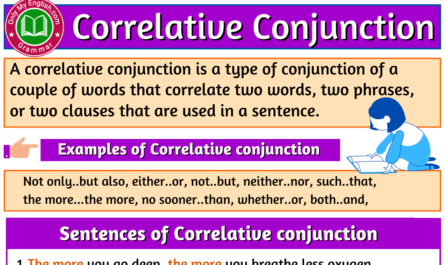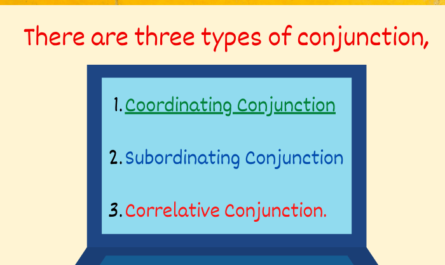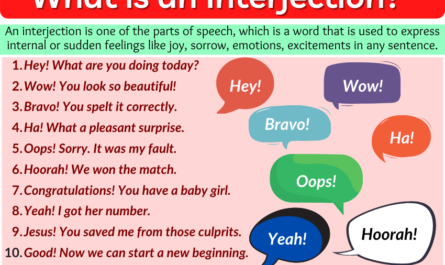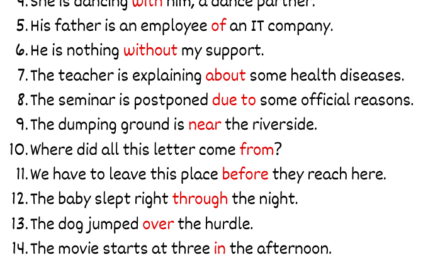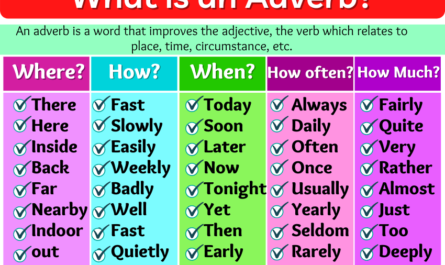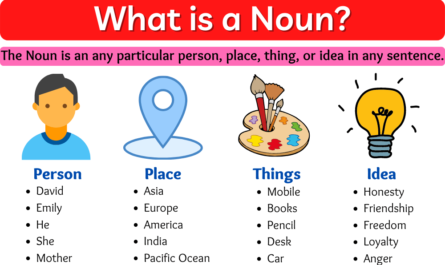What is a Conjunction?
A Conjunction is a part of speech that is used to connect two or more different words, phrases, clauses in a sentence. It also shows the connection between those two sentences, which are related to each other.
Also, conjunction can be used as correlative conjunction by including two conjunctions together.
In the English language, conjunction empowers to write complicated or balanced judgments that help in avoiding the stiffness of the sentence provided that the phrases used in a sentence have corresponded to each other.
If there is an absence of a conjunction in a sentence, then it is difficult to reveal ideas in a sentence.
As we thought that beginning a sentence with a conjunction is not correct in the English language, but this is not right. Subordinating conjunction (a type of conjunction) begins a sentence with a conjunctive word. Though it rarely uses further times.
Conjunctions are esteemed to be a uniform particle in grammar. It can be used in making lists, useful in adjoining thoughts and ideas with nouns, phrases, clauses, and else in a sentence.
For example,
- And, or, not, but, so, for, while, because, not only.. but also, either… or, neither.. nor, etc. are some conjunctions.
Types of Conjunction:
There are three types of conjunction,
- Coordinating Conjunction
- Correlative Conjunction
- Subordinating Conjunction
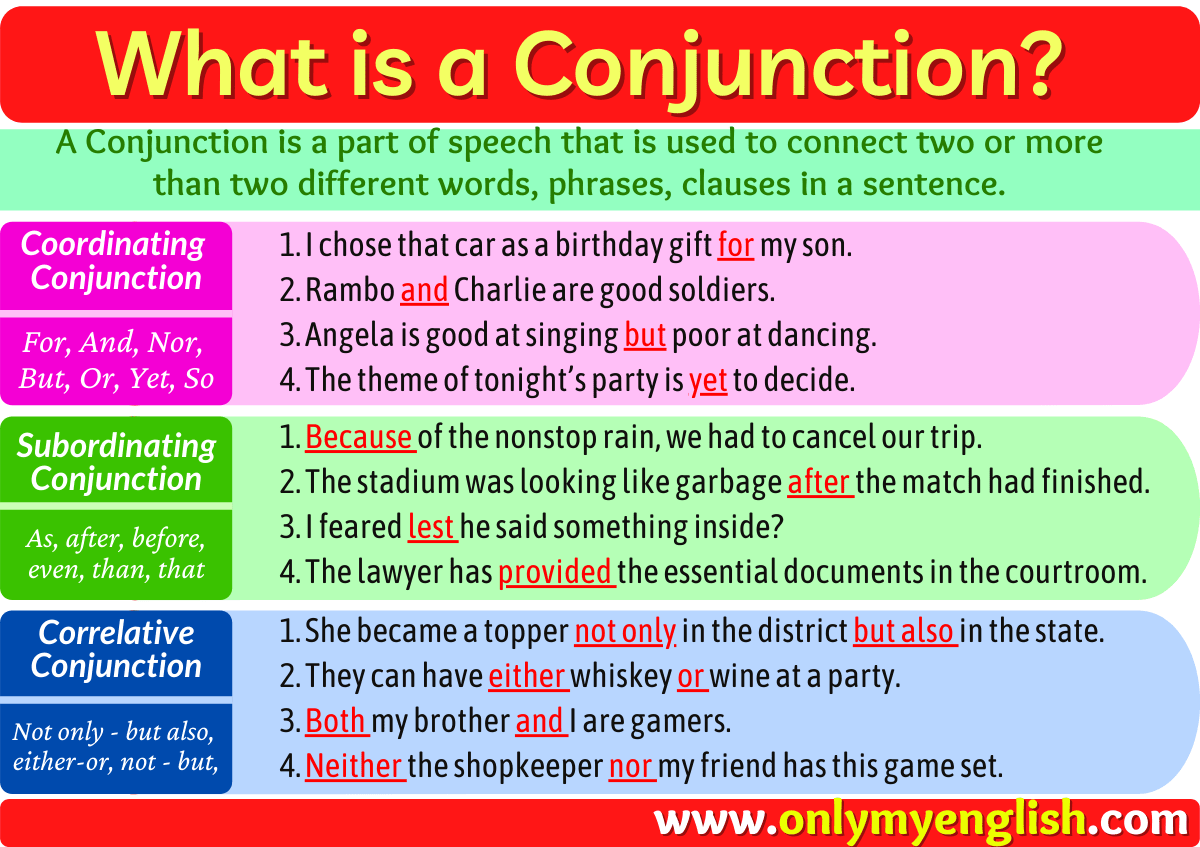
Coordinating Conjunction
Coordinating Conjunction is a type of conjunction that is used to join two words, clauses, phrases whose formation is similar.
There are only seven coordinating conjunctions that we can easily remember in our mind by remembering the word “F A N B O Y S”
- For, And, Nor, But, Or, Yet, So, are coordinating conjugations.
Examples:
- I chose that car as a birthday gift for my son.
- Rambo and Charlie are good soldiers.
- He neither drinks nor smokes.
- Angela is good at singing but poor at dancing.
- Will you come to my home or meet outside somewhere?
- The theme of tonight’s party is yet to decide.
- The wheel of our van was punctured on the way, so we have to wait in that lodge.
Subordinating Conjunction
A Subordinating Conjunction is used to join two unlike clauses, phrases, or a sentence structure from which one is a dependent clause, and the other is an independent clause.
- As, after, although, as much as, before, because, even, even though, how, if, in order that, just as, lest, now that, now when, only if, once, provided, rather than, since, so that, suppose, than, that, till, unless, until, when, where, while, which, who, whom, whose, whether, etc. are subordinating conjunctions.
Examples,
- Because of the nonstop rain, we had to cancel our trip.
- The stadium was looking like garbage after the match had finished.
- I feared lest he said something inside.
- The lawyer has provided the essential documents in the courtroom.
- Suppose you’re getting caught in an accident then what will you do?
Correlative conjunction
A Correlative Conjunction is a combination of two words used in a similar sentence structure to show the difference or to compare.
These words are adverbs but are used as a conjunction.
- Not only – but also, either-or, not – but, neither – nor, such – that, etc. are some correlative conjunctions.
Examples,
- She became a topper not only in the district but also in the state.
- They can have either whiskey or wine at a party.
- Both my brother and I are gamers.
- Neither the shopkeeper nor my friend has this game set.
- You can either eat your favorite dish or order something else.
